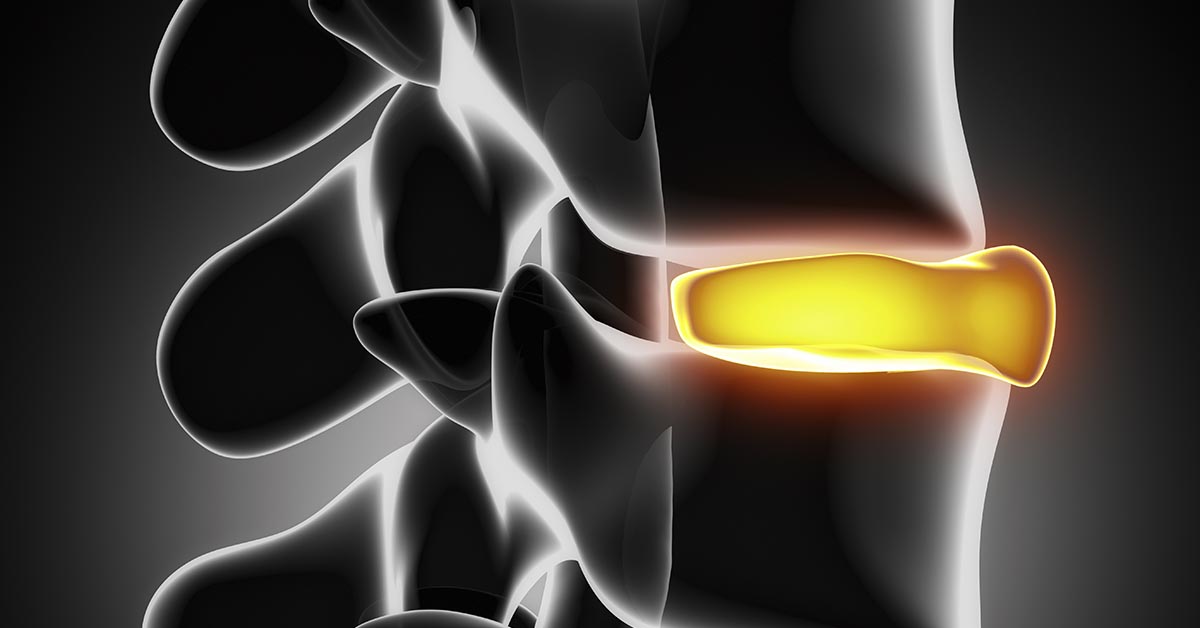 Of the roughly 2 million rear-end crashes in the US each year, a significant number of men and women find themselves enduring chronic pain and impairment. Some research shows that about 20% of people are still in pain one year after a crash.
Of the roughly 2 million rear-end crashes in the US each year, a significant number of men and women find themselves enduring chronic pain and impairment. Some research shows that about 20% of people are still in pain one year after a crash.
Dr. Lipsitz sees many auto accident cases in our Waldorf office, and we frequently see individuals who have been hurting for many years and have not been able to find relief. Dr. Lipsitz has great success in treating these patients.
The Cause of Chronic Pain
During an accident, the tissues of your spinal column can be stretched or torn. The injured area becomes swollen and inflamed and sends pain impulses to the spinal cord and central nervous system.
Pain tells your body that something is wrong, which tells the muscles in the damaged area to contract to protect the area from further damage.
If the trauma isn't addressed immediately, a negative cycle develops. The injured tissues keep sending pain signals and each time, your nervous system responds. This produces a feedback loop in your nervous system that specialists refer to as "central sensitization." Your nervous system essentially becomes hypersensitive to any kind of stimulation, causing chronic pain.
Dr. Lipsitz is able to help this kind of condition, as chiropractic care is a proven way to restore your nervous system's healthy functioning. Studies show that chiropractic is effective at relieving pain from auto collisions and shows that chiropractic actually has positive effects on the pain centers of the brain.
If you live in Waldorf, MD and have been in a collision, you don't have to suffer with chronic pain. Give Dr. Lipsitz a call today at (301) 645-8898 for a consultation or appointment.
- Ferrari R. A prospective study of the 1-year incidence of fibromyalgia after acute whiplash injury. Rheumatic & Musculoskeletal Disease 2015; doi:10.1136/rmdopen-2014-000007.
- Stone AM, Vicenzino B, Lim EC, Sterling M. Measures of central hyperexcitability in chronic whiplash associated disorder - A systematic review and meta-analysis. Manual Therapy 2012;18(2):111-7.



